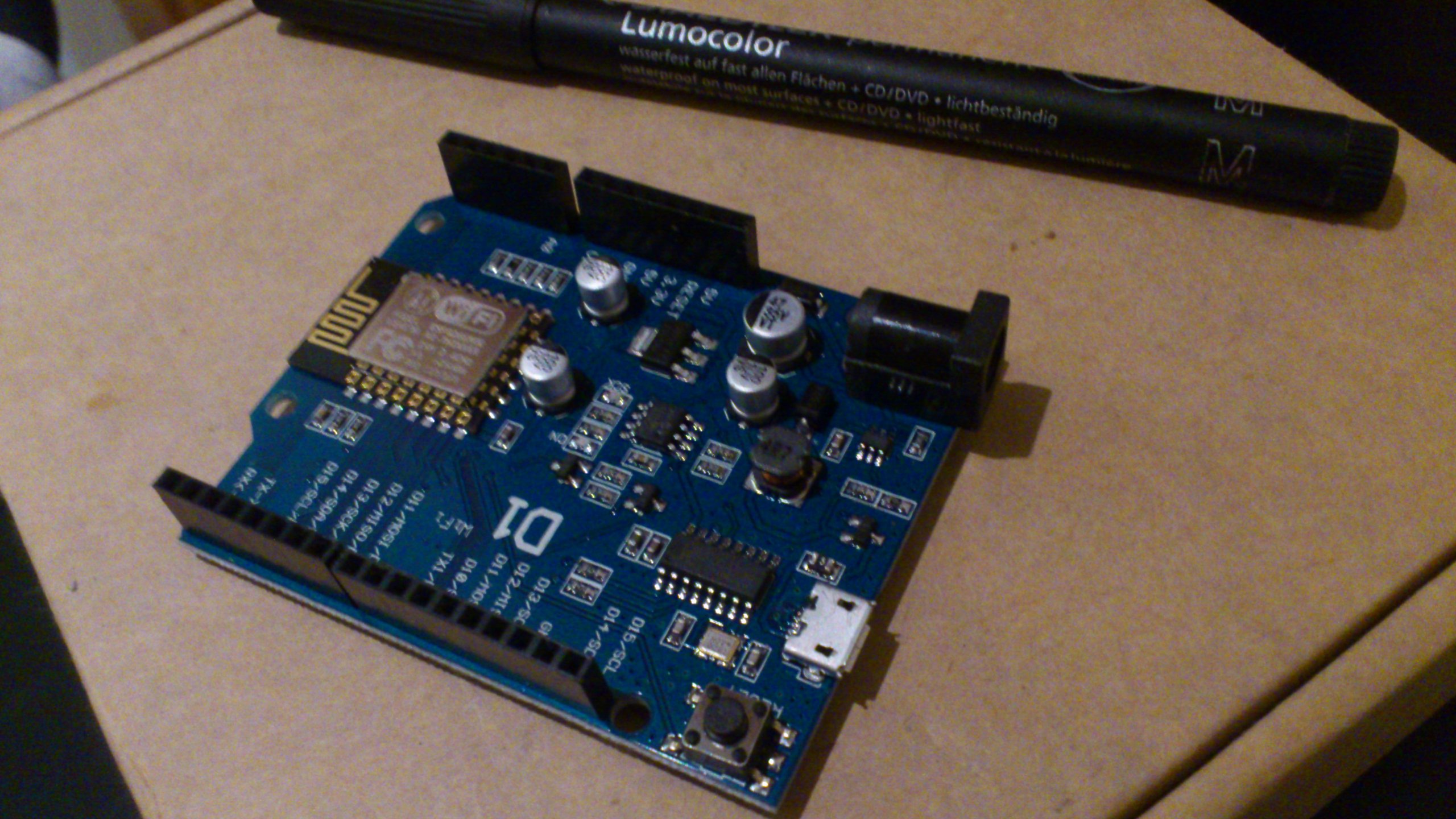
On the Webhook service page, click “Documentation”.
ARDUINO JSON HELPER PASSWORD
#include Ĭonst char* ssid = "your-ssid" //replace with your ssidĬonst char* password = "your-pw" //replace with your pw I used the browser version of IFTTT to set all of this up. Then, we’ll create an account on IFTTT and open the Webhook service. First, we’ll identify the SSID (network name) and Password (network password). Similarly to the Dweet.io Tutorial, you’ll connect your Wemos D1 Mini to the internet. Step #1: Connect the Wemos D1 Mini to the Internet Now, let’s grab our Wemos, and get it connected to the Internet. (Which I will share with you once I build it!) In a future tutorial, I plan to use this methodology to create a “trip” sensor and control my lights at night.
ARDUINO JSON HELPER HOW TO
I also wrote a tutorial on how to wire a breadboard, to help you get started.

Go ahead and wire up your board before moving on with this tutorial. I’m keeping things SUPER simple and wiring up a rotational potentiometer to pin A0 on the Wemos. Now that we have our components, it’s time to get prototyping. Connect Arduino to IFTTT for IoT Projects This will provide you the maximum sensors and prototyping components for under $40. If you’re just getting started with IoT, I recommend picking up this NodeMCU kit and supplementing it with a Wemos D1 Mini.

You could also use a NodeMCU or other WiFi-enabled Arduino controller (ESP8266). Things you’ll needįor this project, I will be using a Wemos D1 Mini. In a later tutorial, I’ll walk you through a tiny (low-power) device that you can use to build your trigger for your lights.

So, in this tutorial, I’m going to walk you through how to connect your Arduino to IFTTT. I got to thinking about all the ways we could do this – dweet.io, Node-RED, Raspberry Pi, Arduino… then it dawned on me that if I used IFTTT and Arduino, I wouldn’t need to have a computer running Node-RED or a Python script all the time, and I could use the IFTTT compatibility to trigger my Philips Hue lights. It had me thinking, what if my lights automatically came on when I opened the patio door…Īnd I know, I could go out and buy something that already works out of the box, but being the brains behind Learn Robotics, I figured, “Hey! let’s create a prototype!” I was on a walk the other evening (walks are kind of my thing) and came home to a very dark house. Hopefully, you’re making some cool things!īefore we dive right into prototyping and code, and whatnot, I wanted to provide you the backstory for how this project came to be. For those of you who are new to the blog, welcome! I’m glad you’re following along with my tutorials. The most likely explanation is that the server returned a redirection code, like 301 Moved Permanently or 302 Found.I’ve had a bit of an Internet of Things (IoT) bug the last couple of weeks. If you want to send the payload as a stream, you need to use WiFiClient directly, as shown in the Serialization Tutorial (around page 127). Here are some other tips for using the String class efficiently. You can significantly improve this code’s performance by calling String::reserve() before serializeJson().

That’s the response returned by it’s very handy to debug your programs. If you run this program, you’ll see that it prints information on the HTTP requests. Prepare JSON document DynamicJsonDocument doc ( 2048 ) doc = "world" // Serialize JSON document String json serializeJson ( doc, json ) WiFiClient client // or WiFiClientSecure for HTTPS HTTPClient http // Send request http.


 0 kommentar(er)
0 kommentar(er)
